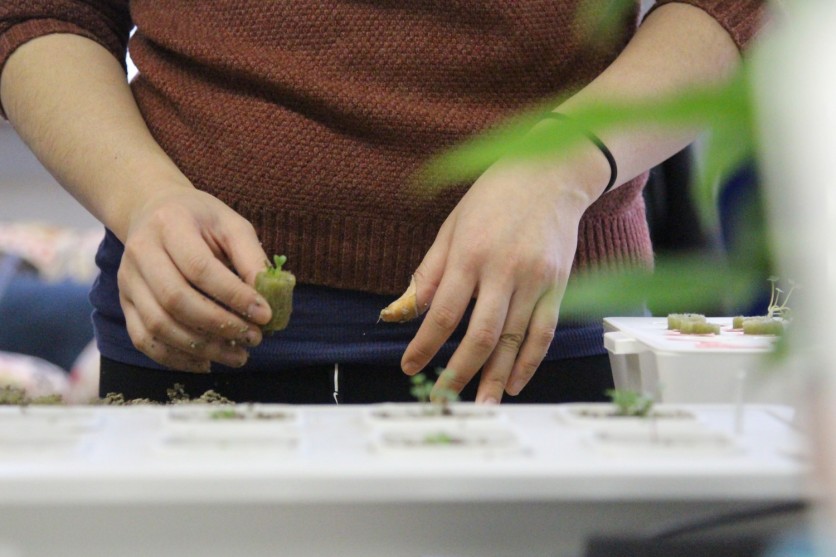
Using plant tests aboard the International Space Station, a NASA-sponsored Sierra Space team develops soilless nutrient delivery and recovery technologies that can be scaled for crop production in microgravity.
NASA Growing Plants in Space
Providing food, producing oxygen, removing carbon dioxide, and purifying water could be key aspects of long-duration life support in space in the future.
However, plants currently in space are small and deliver water and nutrients via particulate media. Due to mass, containment, maintenance, and sanitation issues, these systems do not scale well.
Because of that, there has to be a system that can deliver sufficient water and nutrients to plants to support high volume plant production. This makes it essential to grow sufficient and healthy crops to provide fresh food to space crews.
Fortunately-in the coming years, alternative approaches like hydroponic and aeroponic systems can plant large-scaled gardens that would be useful for future space exploration.
So in order to produce enough vegetables for a crew of four, Sierra Space is developing the Astro Garden concept.
To make this happen, there would be an array of investigations taking place. At the moment, the eXposed Root On-Orbit Test System (XROOTS) investigation is designed to assess critical aspects of the Astro Garden by growing crops hydroponically and aeroponically, which allows up to large scale plant production in space.
Now, while these soilless technologies perform well on Earth, it does not work on Space. As part of their adaptation to the microgravity environment, these systems need to provide sufficient water and nutrients while operating under microgravity.
This is where XROOTS enters the view. In the XROOTS Technology Demonstration, plants are grown in microgravity inside the space station to evaluate nutrient delivery and recovery techniques in the absence of soil.
With the XROOTS Technology Demonstration, a major step will be taken to extend the current use of small-scale plant production systems to systems of adequate scale to provide food to the crew as well as to improve the conditions of their environment.
Needless to say, we should expect a garden sprouting in space stations soon.
"XROOTS team is currently working to complete final test and checkout of the system prior to turnover to NASA for flight," Sierra Space project leader John Wetzel wrote.
Also Read : NASA Announces Plans to Cultivate Chile Peppers in Space--How Will the Experiment Help the Astronauts?
Innovative Gardening Techniques
Aside from introducing new gardening techniques in space using innovative ideas, many have also used new methods on earth.
In fact, companies like Vanilla Vida have relied on new technologies to create more natural vanilla flavors. Although new in the field, the company has already received affirmations from different customers. Thus, further proving the point that technology can upscale crops and make them better.
Through the development of ideas first presented on Earth, NASA could scale up current space-based plant growth system technologies to meet life-support requirements and cultivate information for understanding how plants are functioning in space.
Related Article : The Record-Breaking Space Experiment: NASA's Chili pepper Pepper Experiment Broke Two World Records!
This article is owned by Tech Times
Written by Thea Felicity
ⓒ 2025 TECHTIMES.com All rights reserved. Do not reproduce without permission.




